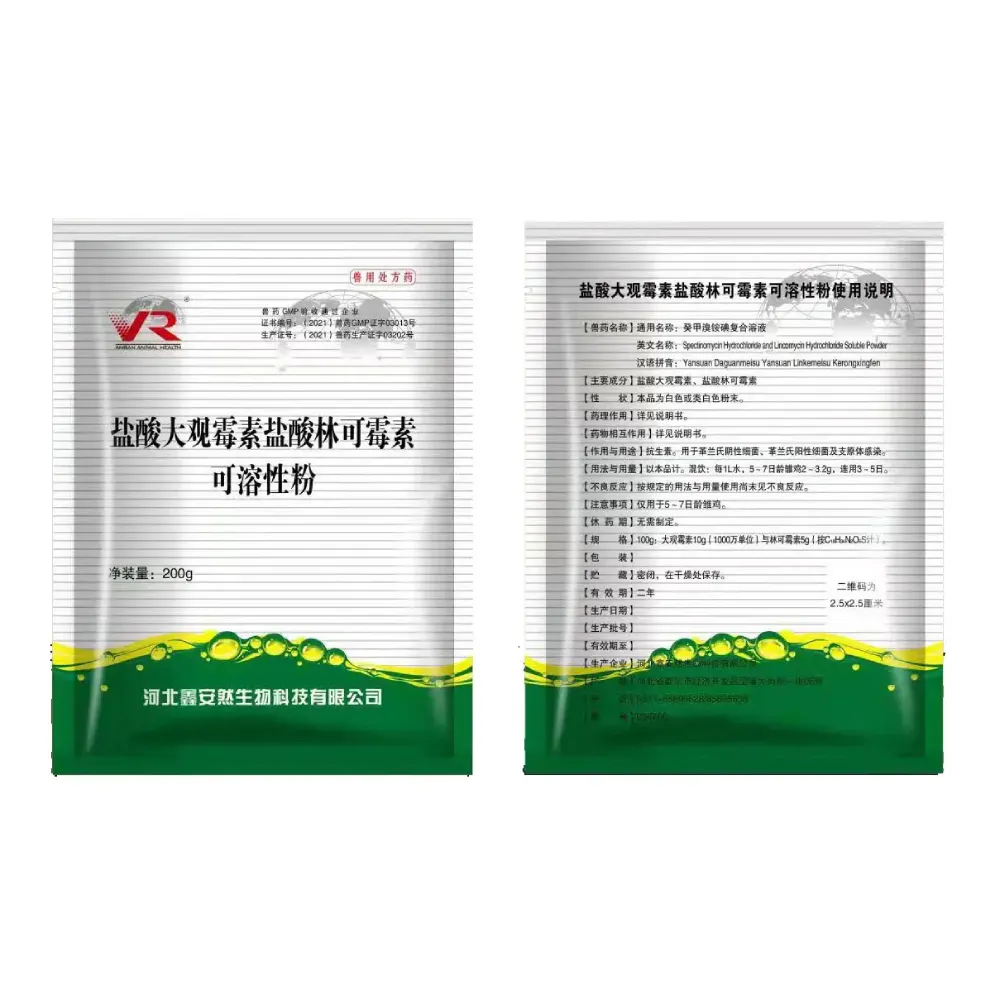- Afrikaans
- Albanian
- Amharic
- Arabic
- Armenian
- Azerbaijani
- Basque
- Belarusian
- Bengali
- Bosnian
- Bulgarian
- Catalan
- Cebuano
- Corsican
- Croatian
- Czech
- Danish
- Dutch
- English
- Esperanto
- Estonian
- Finnish
- French
- Frisian
- Galician
- Georgian
- German
- Greek
- Gujarati
- Haitian Creole
- hausa
- hawaiian
- Hebrew
- Hindi
- Miao
- Hungarian
- Icelandic
- igbo
- Indonesian
- irish
- Italian
- Japanese
- Javanese
- Kannada
- kazakh
- Khmer
- Rwandese
- Korean
- Kurdish
- Kyrgyz
- Lao
- Latin
- Latvian
- Lithuanian
- Luxembourgish
- Macedonian
- Malgashi
- Malay
- Malayalam
- Maltese
- Maori
- Marathi
- Mongolian
- Myanmar
- Nepali
- Norwegian
- Norwegian
- Occitan
- Pashto
- Persian
- Polish
- Portuguese
- Punjabi
- Romanian
- Russian
- Samoan
- Scottish Gaelic
- Serbian
- Sesotho
- Shona
- Sindhi
- Sinhala
- Slovak
- Slovenian
- Somali
- Spanish
- Sundanese
- Swahili
- Swedish
- Tagalog
- Tajik
- Tamil
- Tatar
- Telugu
- Thai
- Turkish
- Turkmen
- Ukrainian
- Urdu
- Uighur
- Uzbek
- Vietnamese
- Welsh
- Bantu
- Yiddish
- Yoruba
- Zulu
10 月 . 13, 2024 08:31 Back to list
Oxytetracycline Injection Use in Cattle Health Management and Treatment Practices
Oxytetracycline Injection for Cattle An Overview
Oxytetracycline, a broad-spectrum antibiotic, is widely used in veterinary medicine, particularly for the treatment of various bacterial infections in cattle. This tetracycline antibiotic is effective against a range of Gram-positive and Gram-negative bacteria, making it a valuable tool in livestock management. As the agricultural industry continues to pursue efficient and humane practices for animal health, understanding the applications, benefits, and considerations regarding oxytetracycline injection in cattle is essential.
Mechanism of Action
Oxytetracycline works by inhibiting protein synthesis in bacteria, effectively stopping their growth and reproduction. It achieves this by binding to the 30S ribosomal subunit of the bacterial ribosome, which is crucial for translating messenger RNA into proteins. This inhibition of protein synthesis leads to the eventual death of the bacteria, allowing the immune system to eliminate the infection. Its effectiveness against a wide variety of pathogens makes it suitable for many clinical scenarios in cattle.
Indications for Use
In cattle, oxytetracycline injections are commonly indicated for several conditions, including respiratory infections, enteritis, and other systemic infections. It is often prescribed in cases of bovine respiratory disease (BRD), a significant health issue in the cattle industry caused by various pathogens. The use of oxytetracycline in such cases can help reduce morbidity and mortality rates, improving overall herd health and productivity. Additionally, it may be utilized for treating conditions such as pinkeye, foot rot, and certain reproductive tract infections, demonstrating its versatility as a treatment option.
Administration and Dosage
Oxytetracycline is typically administered via injection, either intramuscularly or intravenously, depending on the severity of the condition and the veterinary guidance. The dosage may vary based on the specific ailment, the weight of the animal, and other clinical factors. It is crucial for livestock producers to follow the guidelines provided by veterinarians to ensure the effective and safe use of this antibiotic. Overdosing or underdosing can lead to ineffective treatment or promote antibiotic resistance, which poses a significant risk to both animal and human health.
oxytetracycline injection for cattle

Benefits of Oxytetracycline
One of the primary benefits of using oxytetracycline in cattle is its rapid action against bacterial infections. Cattle often experience stress from illness, which can impact their growth and productivity. By effectively managing infections, oxytetracycline helps promote faster recovery, allowing animals to return to their optimal productivity levels sooner. Furthermore, its broad-spectrum activity means that it can tackle multiple pathogens, reducing the need for multiple medications.
Considerations and Risks
While oxytetracycline has numerous benefits, there are important considerations to keep in mind. The development of antibiotic resistance is a significant concern, particularly with the overuse or misuse of antibiotics in livestock. This resistance can compromise the effectiveness of oxytetracycline and other antibiotics in the future, impacting both veterinary and human medicine. Therefore, it is crucial for producers to use oxytetracycline judiciously, adhering to withdrawal times to ensure that antibiotic residues do not enter the food supply.
Another consideration is the potential for adverse reactions in cattle. While generally safe when used appropriately, some animals may experience side effects ranging from mild allergic reactions to more severe complications. Monitoring animals after administration is essential to identify any adverse effects promptly.
Conclusion
In summary, oxytetracycline injection is a vital component of cattle health management, offering effective treatment options for a variety of bacterial infections. Its ability to promote faster recovery in affected animals supports both animal welfare and farm productivity. However, the responsible use of this antibiotic is crucial to mitigate the risks associated with antibiotic resistance and adverse reactions. Collaboration between veterinarians and livestock producers is essential to implement best practices and safeguard both animal health and the broader agricultural ecosystem. Through responsible usage and careful management, oxytetracycline can continue to play an important role in maintaining the health of cattle and ensuring the sustainability of the livestock industry.
-
The Power of Radix Isatidis Extract for Your Health and Wellness
NewsOct.29,2024
-
Neomycin Sulfate Soluble Powder: A Versatile Solution for Pet Health
NewsOct.29,2024
-
Lincomycin Hydrochloride Soluble Powder – The Essential Solution
NewsOct.29,2024
-
Garamycin Gentamicin Sulfate for Effective Infection Control
NewsOct.29,2024
-
Doxycycline Hyclate Soluble Powder: Your Antibiotic Needs
NewsOct.29,2024
-
Tilmicosin Premix: The Ultimate Solution for Poultry Health
NewsOct.29,2024













